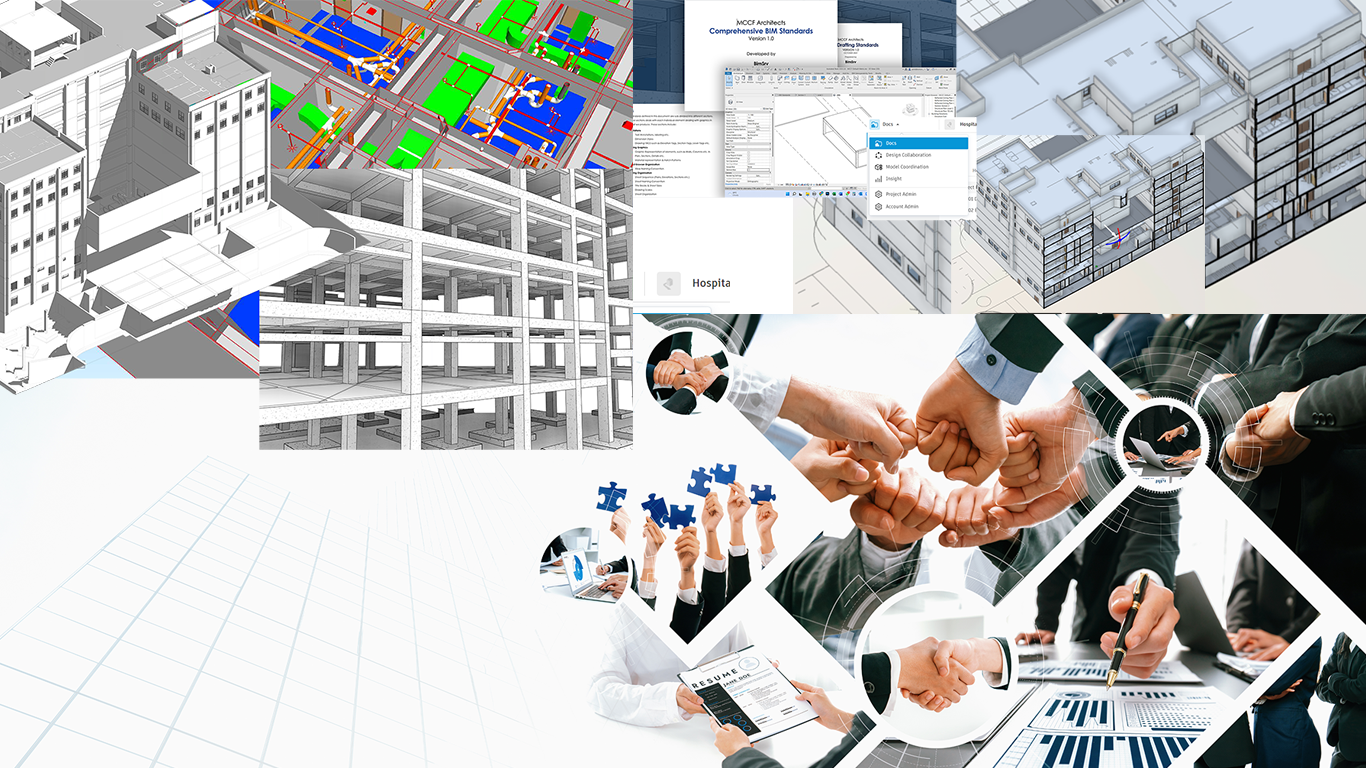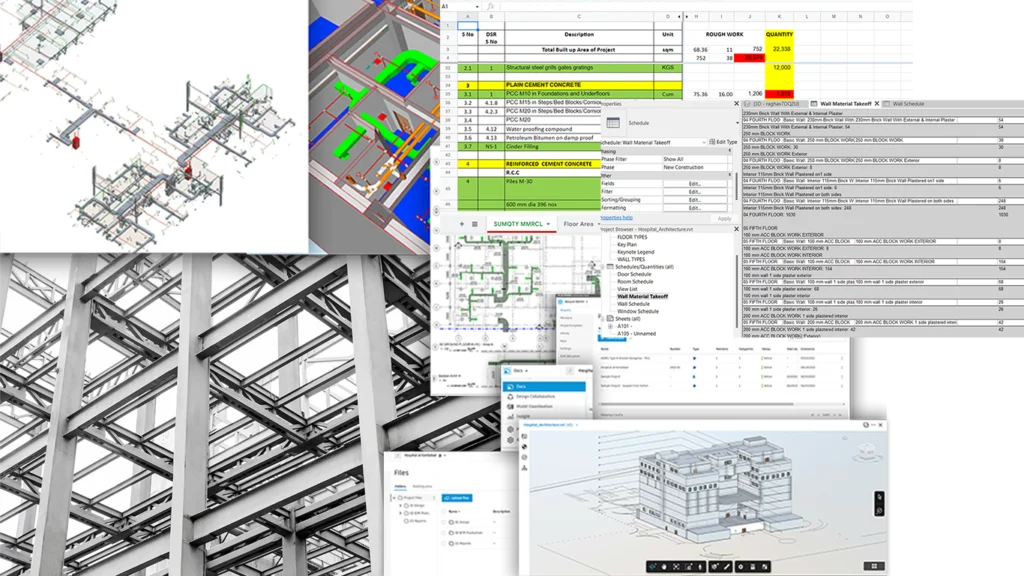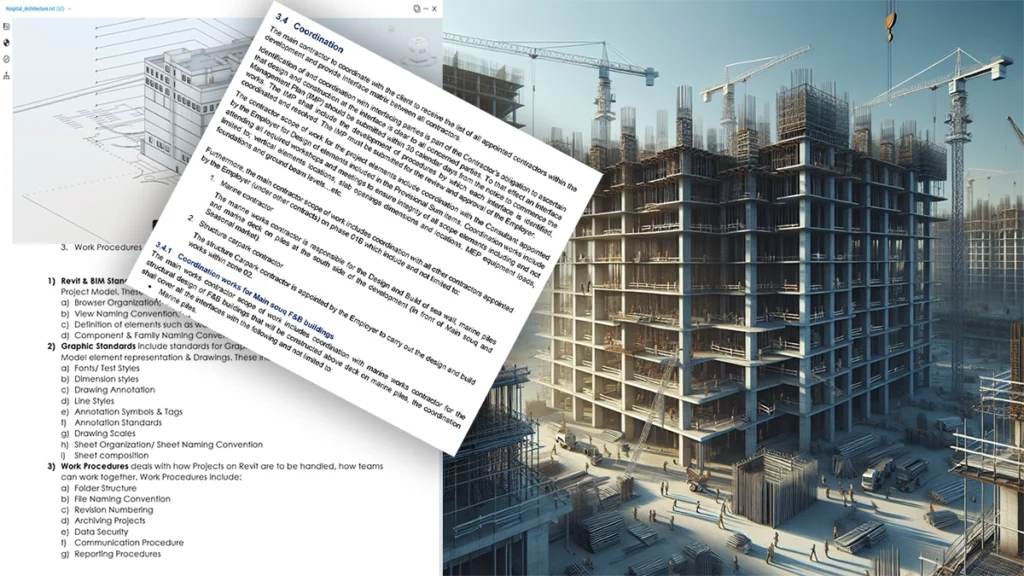How to Choose a BIM Outsourcing Partner

Quick Summary of How to Choose a BIM Outsourcing Partner
BIM (Building Information Modeling) is crucial for the AEC (architecture, engineering, and construction) industry, improving project precision, collaboration, and efficiency. Many companies outsource BIM services to access expertise and tools they lack in-house. Choosing the right BIM outsourcing partner is key. Important factors to consider include:
- Expertise and Experience: A strong history of working on similar projects is crucial. Proficiency in tools like Revit and knowledge of the AEC industry are also essential.
- Technological Capabilities: Partners should stay current with the latest BIM software, cloud collaboration tools, virtual reality (VR), augmented reality (AR), and data management systems.
- Communication and Collaboration: Clear communication frameworks, regular updates, and cultural compatibility are vital for a smooth partnership.
- Quality Assurance and Control: Strict quality control measures, peer reviews, and error correction processes are necessary for reliable deliverables.
- Scalability and Flexibility: The partner should be able to adjust services based on project needs and changes in scope.
- Cost-Effectiveness: Transparent pricing and a focus on value, not just the lowest price, are important.
Before partnering, conduct due diligence, check references, and consider a trial project to evaluate compatibility. Choosing the right BIM outsourcing partner is a strategic decision that can significantly impact project success by improving efficiency, fostering innovation, and streamlining processes.
How to Choose a BIM Outsourcing Partner
How to Choose a BIM Outsourcing Partner In the dynamic landscape of the architecture, engineering, and construction (AEC) industry, Building Information Modeling (BIM) has emerged as a pivotal technology. It facilitates the creation and management of digital representations of the physical and functional characteristics of places. This transformative approach offers enhanced precision, collaboration, and efficiency in project management. It is important to understand, How to Choose a BIM Outsourcing Partner.
Using BIM effectively often needs knowledge and tools that many companies don’t have in-house. This is where understanding How to Choose a BIM Outsourcing Partner becomes important.
This is where BIM outsourcing comes into play.
Selecting the right BIM outsourcing partner can be the key to unlocking new levels of productivity and innovation.
This article helps you think about important factors when choosing a BIM outsourcing partner. It ensures that they match your project’s goals and technology needs.
Understanding How to Choose a BIM Outsourcing Partner
BIM outsourcing involves delegating specific BIM services to external partners who specialize in these tasks. These services range from 3D modelling and clash detection to quantity take-offs and construction documentation.
By outsourcing these tasks, companies can gain access to expert knowledge, advanced tools, and a wider range of skills. This helps them avoid the extra costs of keeping these resources in-house.
Outsourcing BIM services can significantly enhance the efficiency of your projects, ensuring you stay ahead in a competitive market. The success of this collaboration relies on selecting a partner who comprehends BIM. It is also essential that this partner aligns with your organization’s vision and goals.
Key Considerations for Choosing a BIM Outsourcing Partner
Expertise and Experience
When considering a BIM outsourcing partner, the foremost criterion is their expertise and experience in the field. The partner should have a proven track record of successfully delivering BIM projects similar to yours. This includes proficiency in industry-standard tools such as Autodesk Revit and a deep understanding of the AEC sector.
Evaluate their portfolio to assess the complexity and scale of projects they have handled. Seek partners who have shown their capability to manage various project needs throughout different phases of the BIM lifecycle.
Technological Capabilities
In the ever-evolving AEC landscape, staying updated with the latest technological advancements is crucial. Your BIM outsourcing partner should be at the forefront of adopting cutting-edge technologies and methodologies. This involves understanding the most recent versions of BIM software. It also includes familiarity with cloud-based collaboration tools. Additionally, experience with virtual reality (VR) and augmented reality (AR) is important for improved visualization.
Additionally, ensure they possess robust data management capabilities, as BIM involves handling vast amounts of information that require secure and efficient management.
Communication and Collaboration
Effective communication is vital in any outsourcing relationship. Your BIM outsourcing partner should have a clear communication framework. This will ensure smooth collaboration between their team and yours. This includes regular updates, feedback mechanisms, and the ability to adapt to your preferred communication tools and platforms.
Consider partners who demonstrate cultural compatibility and flexibility in accommodating your working style. This fosters a collaborative environment where both parties work towards common goals.
Quality Assurance and Control
Quality assurance is a non-negotiable aspect of BIM services. Your outsourcing partner must follow strict quality control measures. This ensures the accuracy and reliability of the BIM deliverables. Inquire about their quality assurance processes, including peer reviews, validation checks, and compliance with industry standards.
A dependable partner will have clear procedures to quickly identify and fix errors. This approach helps reduce the risk of expensive rework or project delays.
Scalability and Flexibility
The ability to scale services up or down based on project requirements is a significant advantage of outsourcing. Assess whether your prospective partner can provide the flexibility needed to accommodate changes in scope, timelines, or resources. This adaptability ensures that your projects remain agile and responsive to evolving demands.
Cost-Effectiveness
While cost should not be the sole determining factor, it is a crucial consideration in the selection process. Evaluate the pricing models of potential partners and ensure they align with your budgetary constraints. Transparent pricing structures with no hidden costs will allow for better financial planning and management.
Consider the value that a partner adds to your projects. Look at their expertise, technology, and efficiency. Do not focus only on the lowest price.
Evaluating Potential Partners
Conducting Due Diligence
Before finalizing a partnership, conduct thorough due diligence to verify the credentials and reputation of the BIM outsourcing provider. This includes checking references, reviewing case studies, and assessing client testimonials. Look for partners who have established long-term relationships with their clients, indicating reliability and trustworthiness.
Trial Projects
Consider initiating a small pilot project to evaluate the partner’s capabilities and compatibility with your team. This trial phase provides insights into their working methodology, responsiveness, and quality of deliverables. Use this opportunity to identify any potential challenges and address them before committing to a long-term collaboration.
Conclusion
Choosing the right BIM outsourcing partner is a strategic decision that can significantly impact the success of your projects. By carefully assessing potential partners for their expertise, technology skills, communication abilities, and cost-effectiveness, you can build a collaborative relationship. This partnership will improve your project’s efficiency and outcomes.
BIM outsourcing offers the flexibility and expertise needed to navigate the complexities of modern construction projects. By selecting the appropriate partner, you can leverage BIM technology. This approach encourages innovation and streamlines processes. It also helps you achieve your project goals with precision and confidence.
In conclusion, choosing a BIM outsourcing partner requires careful consideration. It is essential to ensure that the partner aligns with your organizational vision. This alignment will help contribute to your long-term success in the AEC industry.
You may be interested in our related post: Benefits of Architecture Outsourcing Services


